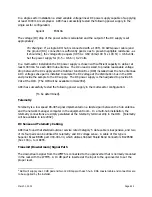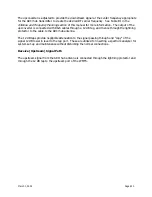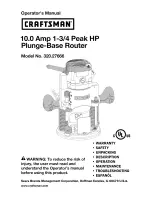
March 1, 2002 Page D4
interference if both hub antennas are transmitting on the same frequency, even though the
subscriber is receiving nominally the same signal from both hub antennas.
The solution for this is to ensure that adjacent hub antennas are never transmitting on the same
frequency. A minimum of two frequencies (and a maximum of six frequencies) is required for an
omnidirectional system employing six – 60 degree hub antennas. See Figure D1, following.
In a 10 Mbps hub, one WMTS downstream signal is utilized and two upconverters output the
same signal on frequency A and frequency B. In a 20 Mbps hub, two WMTS downstream signals
are utilized, each driving a separate upconverter A and upconverter B. A 30 Mbps hub can be
created by utilizing three upconverters in an ABCABC pattern. See figure D2.
A
B
A
B
B
A
Omnidirectional
Hub
6 sectors
Figure D1
WMTS
Upconverter A
Upconverter B
A Antennas
B Antennas
10 Mbps Hub – One Downstream
WMTS
Upconverter A
Upconverter B
A Antennas
B Antennas
20 Mbps Hub – Two Downstreams
Figure D2
Downstream Channel
Example
Summary of Contents for AR1255
Page 4: ...March 1 2002 Page A1 A Table of Contents ...
Page 6: ...March 1 2002 Page B1 B Introduction C t t ...
Page 9: ...March 1 2002 Page C1 C System Description ...
Page 18: ...March 1 2002 Page D1 D Antenna and Frequency Planning ...
Page 24: ...March 1 2002 Page E1 E Hub Installation Detail ...
Page 29: ...March 1 2002 Page E6 Figure E4 Hub Antenna and Cable Installation Cable Access ...
Page 40: ...March 1 2002 Page F1 F Subscriber Inst l Details ...
Page 46: ...March 1 2002 Page G1 G Link Budget Parameters ...
















































